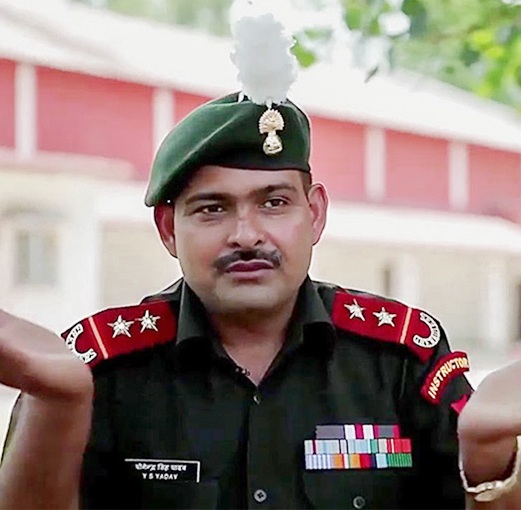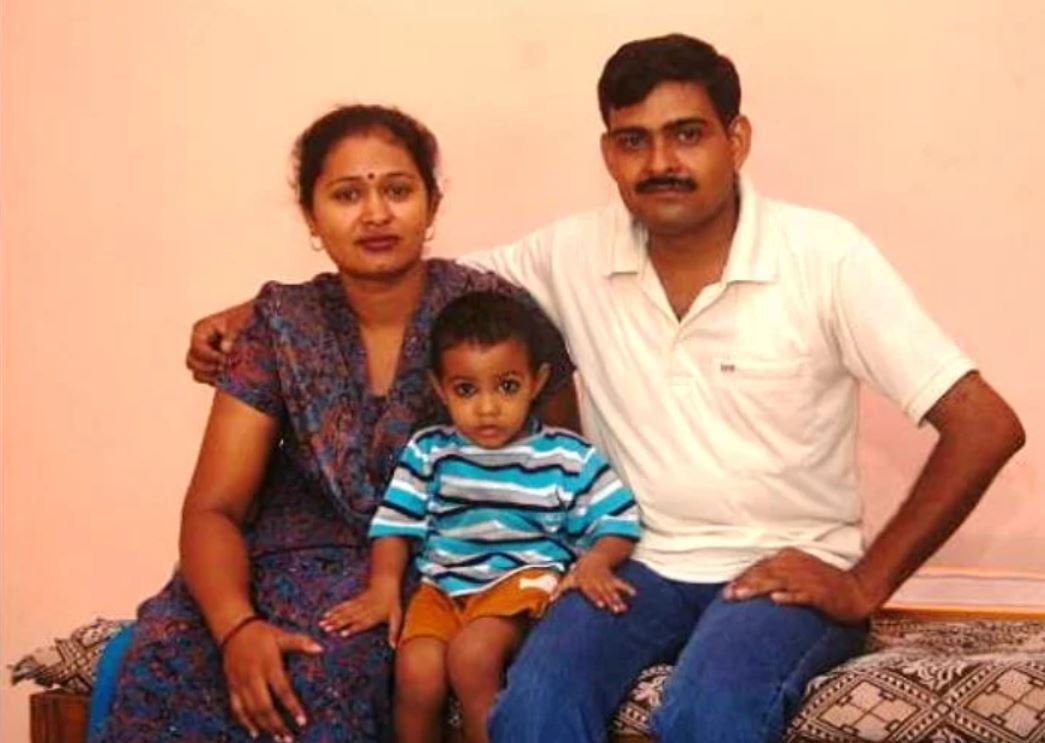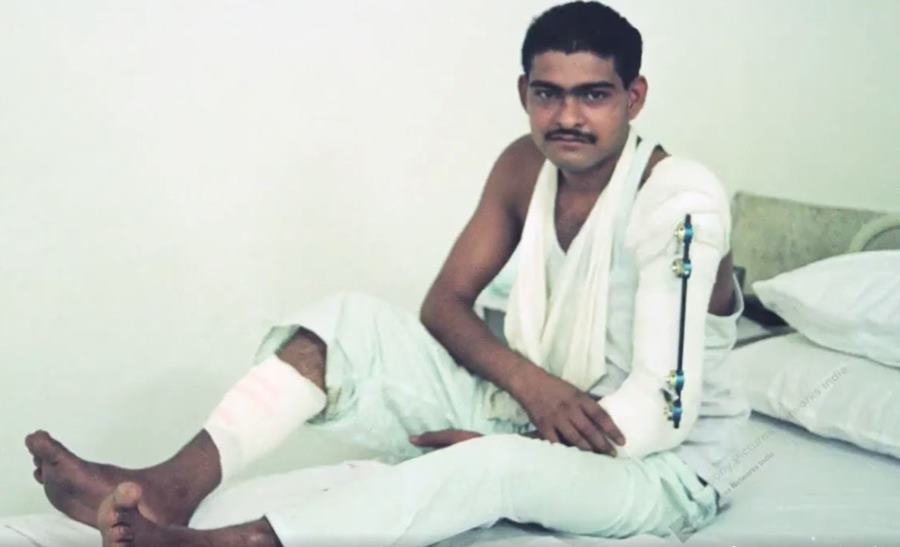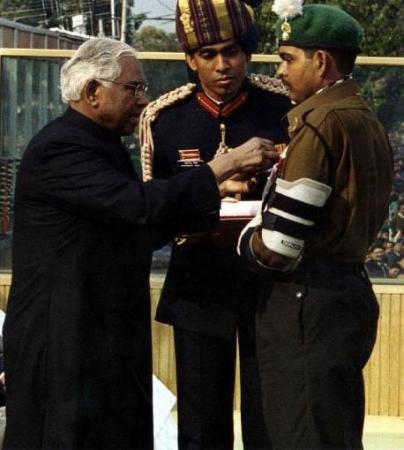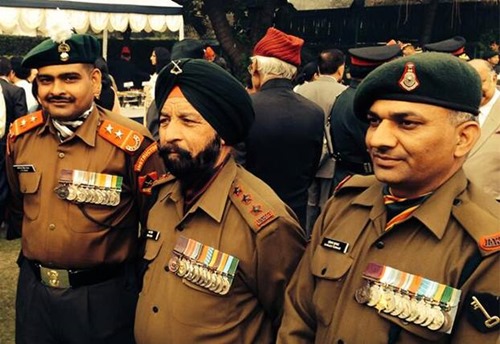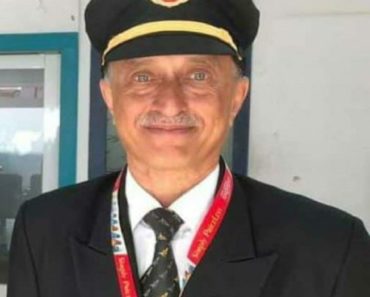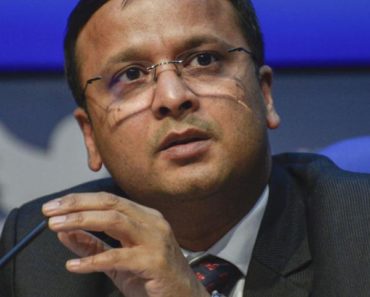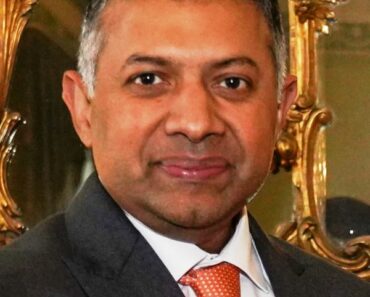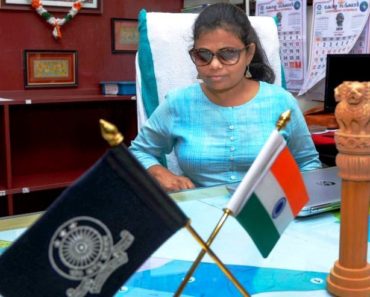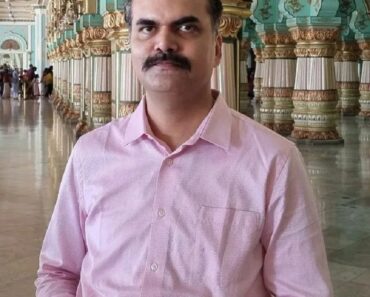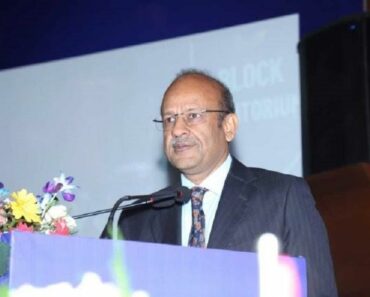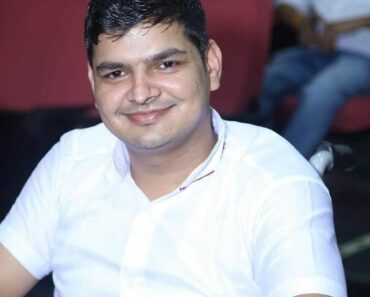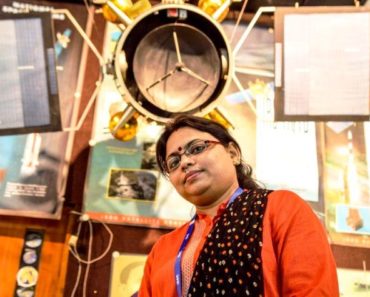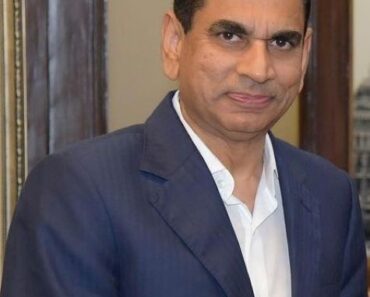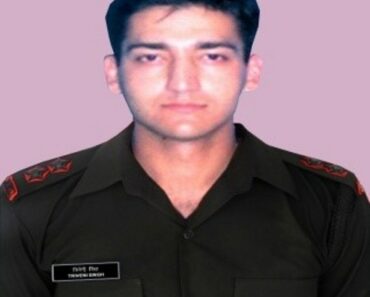Subedar Major Yogendra Yadav is a non-commissioned officer of the Indian Army who survived 12 bullets and played an instrumental role in capturing Tiger Hill during the 1999 Kargil War. Considering his crucial role in the Kargil War, he was awarded the Param Vir Chakra, the highest gallantry award of India. The daredevil sepoy was just 19 years old when he received the medal, making him the youngest recipient of the Param Veer Chakra.
Contents
Wiki/Biography
Yogendra Singh Yadav was born on Saturday, 10 May 1980 (age 43 years; as of 2023) in Aurangabad Ahir village, located in Bulandshahr district of Uttar Pradesh. He passed 10th standard from a government school in his village. [1]Tomorrow’s India YouTube While studying in class 12, he cleared the required test for military services on his first attempt and joined the Indian Military Academy (IMA) in June 1996. On 6 December 1997, he graduated from the IMA after concluding his 19-month training. [2]India Today
Physical Appearance
Height (approx): 5′ 8″
Eye Colour: Black
Hair Colour: Black

Subedar Major Yogendra Singh Yadav addressing a gathering at India Gate on the Kargil Vijay Diwas, 26 July 2018
Family & Caste
Parents & Siblings
Yogendra Singh Yadav’s father, Karan Singh Yadav, is a retired Indian Army personnel of the Kumaon Regiment, who fought in the 1965 and 1971 wars against Pakistan. His mother’s name is Santaro Devi. Yogendra has three brothers; Devendra Singh Yadav, Rambal Singh Yadav, and Jitendra Singh Yadav. His elder brother, Jitendra Singh Yadav, is an engineer in the Indian Army and joined the armed forces a couple of years before Yogendra was inducted in the Indian Army.
Wife & Children
Yogendra was married to Reena Yadav on 5 May 1999, 15 days before the Kargil war broke out. He attributes all his good fortune to his wife. The couple has two children, Prashant Yadav and Vishant Yadav.
Career
Yogendra Singh Yadav was inducted into the Indian Army in 1997. After getting through the training, he was assigned to the 18th battalion of the Grenadier Regiment. Over the years, he has been promoted several times according to his service experience. At present, Subedar Major Yogendra Yadav is a non-commissioned officer and is posted at an Indian Army training institute in Bareilly. He trains young soldiers about prospects of soldiering and leadership in battle.
Role in the Battle of Tololing
In the mission to recapture the Tololing hill, Yogendra Singh Yadav (then a Sainik), along with 14 other soldiers, was assigned the duty to supply food and ammunition to the soldiers who were fighting on the peak of the hill. Each day, the unit would start climbing the hill at 5 in the morning and would reach the spot at 2 in the night. Three jawans of the group including Yogendra Singh Yadav travelled back and forth to the hill for 22 days until the Indian army successfully won the battle of Tololing on 12 June 1999.
Operation Vijay: Capturing the Tiger Hill
After winning the battle of Tololing, the next significant task before the Indian army was to capture Tiger Hill, the highest peak of the Kargil, which was illegally occupied by the Pakistani army. At the age of 19, with only two-and-a-half years of experience in the armed forces, Yogendra Singh Yadav was inducted into the Ghatak platoon (comprising 25 soldiers) that was given the responsibility to recapture the Tiger hill. The mission started on the night of 3 July 1999. The platoon was divided into three groups. On the forefront was the detachment of 7 soldiers led by Yogendra Singh Yadav. Yogendra fixed rope for his fellow soldiers and climbed up the rocky and snowbound 16,500 feet steep hill. It took them two days to reach the top. When they were about to reach the area top after climbing continuously for two days, the Pakistani soldiers spotted them and opened heavy grenade, rockets, and artillery fire. After five hours of a fierce battle between, all the six soldiers of Yogendra’s detachment were dead. Yadav was lying wounded with the dead bodies of the soldiers of his detachment. As the gunfire stopped, the enemy soldiers came closer to check if everyone was dead or not. They pumped bullets in the motionless bodies to confirm the kills. Yogendra, who lay there, pretending to be dead, also received multiple shots on his body. But even after taking the bullets, he did not let a word of pain come out of his mouth.
Sharing details of the particular event in a talk-show, Yadav said,
I had sustained 12 bullet wounds on my arm, legs. An enemy soldier also took an aim at my chest and fired a bullet, but it ricocheted off the Rs 5 coins I had kept in my pocket”
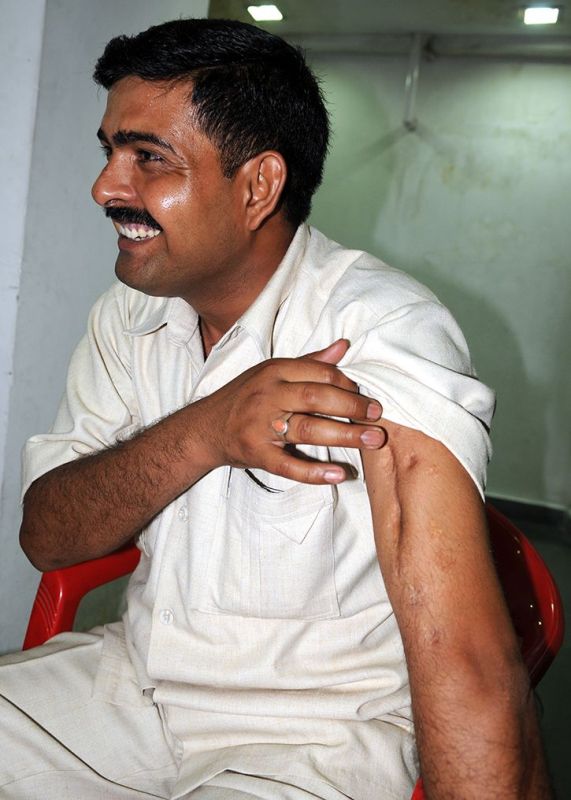
Subedar Major Yogendra Singh Yadav showing the scars of bullets on his arm that he has had received during the Tiger Hill battle
After confirming the kills, Pakistani soldiers were moving back to their positions. At this moment, Yadav gathered courage. Despite having taken 12 bullet shots from the enemy fire, he picked his Ak-47 and managed to fire towards the enemy positions. As he fired, he kept rolling from one position to the other, expecting that it would somehow confuse the enemy soldiers into believing that there was another company upon them. One after another, he eliminated four enemy soldiers. Overwhelmed by the incoming fire from different directions, the leftover Pakistani soldiers panicked and fled from the place. After the enemy soldiers had gone, Yadav was left alone on the hill. He rolled down the hill in an attempt to reach his unit. Luckily, halfway down, he was evacuated by the soldiers of the Indian Army. Upon reaching the base tent, he narrated the whole episode of Tiger hill to the commanding officer. Yadav informed him about the enemy positions so that the other soldiers who were climbing to the top could have an upper hand over the enemies. After getting the crucial information, the additional reinforcement climbed the hill, killing all the Pakistani soldiers in close combat without any casualties. The mission was declared successful on 26 July 1999. The day is annually celebrated in India as Kargil Vijay Diwas.
14-Month Recovery
Four days after being evacuated by the Indian Army, Yogendra was flown to the army hospital in Delhi. He spent 14 months at Delhi’s Army hospital, recovering from the bullet injuries and multiple fractures caused during the Tiger Hill battle.
Param Vir Chakra
On 14 August 1999, the news of Param Vir Chakra to be given posthumously to Yogendra Singh Yadav was aired on the television. As Yogendra was still alive and recovering in hospital, he thought his namesake (a part of Yogendra’s detachment martyred during the Tiger hill battle) was being decorated with the Param Vir Chakra for his bravery and supreme sacrifice during the war. The next day, on 15 August 1999, the then Army Chief, V.P. Malik, came to hospital to greet him. Yogendra thought he was being congratulated on behalf of his martyred friend. But the Army General explained that they had made a mistake in a hurry and did not appropriately cross-check the details before declaring the award. Hence, the PVC was actually meant for him.
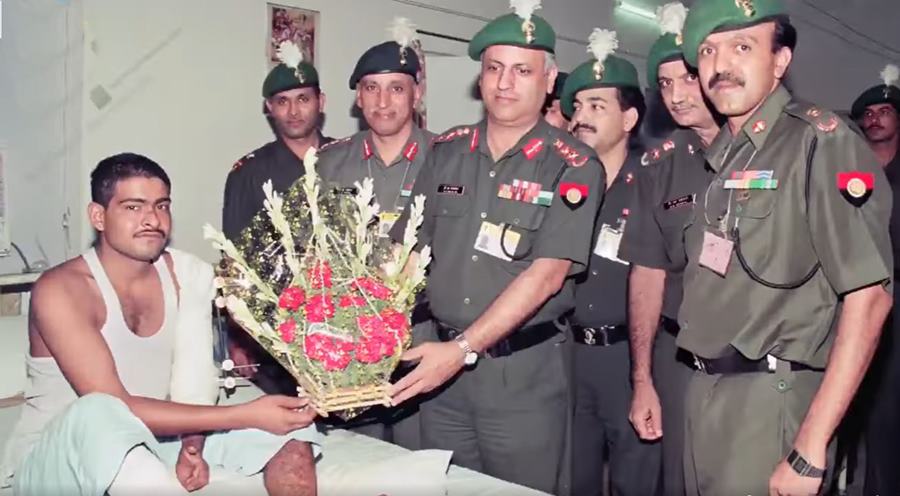
Yogendra Singh Yadav being greeted by the Army Chief V.P. Malik upon receiving the Param Vir Chakra on 15 August 1999 at Army Hospital, New Delhi
The Indian Army official website also talks about the role of Yogendra Singh Yadav in the Tiger Hill battle. It reads,
Unmindful of the danger involved, volunteered to lead and fix the rope for his team to climb up. On seeing the team, the enemy opened intense automatic grenade, rocket and artillery fire, killing the commander and two of his colleagues and the platoon was stalled. Realising the gravity of the situation, Grenadier Yogender Singh Yadav crawled up to the enemy position to silence it and in the process sustained multiple bullet injuries. Unmindful of his injuries and in the hail of enemy bullets, Grenadier Yogender Singh Yadav continued climbing towards the enemy positions, lobbed grenades, continued firing from his weapons and killed four enemy soldiers in close combat and silenced the automatic fire.’
Facts/Trivia
- Till date, only 21 soldiers have received the Param Vir Chakra. Moreover, there are only three living recipients of the prestigious award: Bana Singh (honoured in 1988), Sanjay Kumar, and Yogendra Singh Yadav.
- Yogendra’s mother did not want him to join the Army at such a tender age. She wanted Yogendra to study more. Talking about it in an Interview, Yogendra said,
My mother never wanted me to join the army. In fact, even I would like to have studied further. But the state of the country is such that even the educated need to shell out large bribes to land a job. Coming from a lower-middle-class family, the army was the only way out”
- Yogendra Singh Yadav’s family resides in Lajpat Nagar, Ghaziabad.
- On 22 January 2021, Subedar Major Yogendra Singh featured on the Karam Veer Special episode of the Indian game show Kaun Banega Crorepati. He was accompanied by another Kargil War hero and Param Vir Chakra recipient, Subedar Sanjay Kumar.
References
| ↑1 | Tomorrow’s India YouTube |
|---|---|
| ↑2 | India Today |

